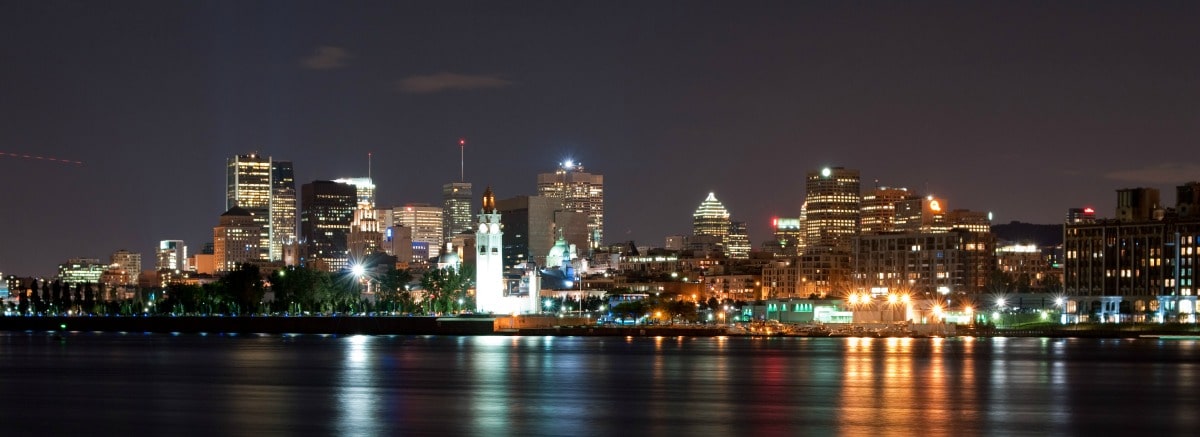The skyline of a city is typically its most recognizable feature. From modern skyscrapers to iconic bridges to centuries old cathedrals, the architecture and design of a city often set it apart. And when that architecture represents a blend of the old and the new, we have the delight of strolling through the past and present interchangeably as we explore.
This is certainly true of my home city—New York—where the Empire State Building, One World Trade Center and St. Patrick’s Cathedral each represent an era. And it’s certainly true around the world.
Here are some other cities that display the past and the present in harmony through architecture and design.
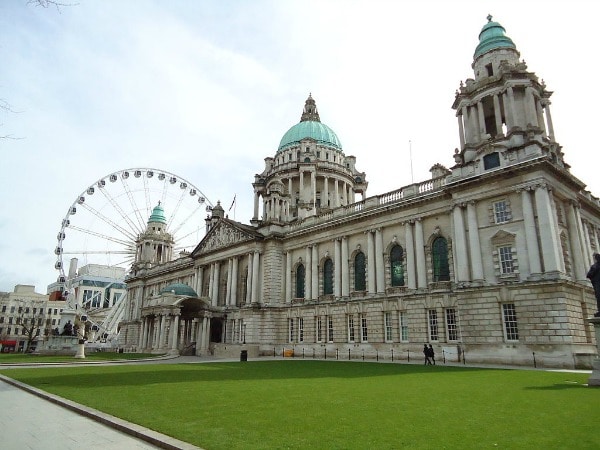
Belfast, Ireland
During The Troubles, bombings happened all too often in Belfast destroying landmarks in their path. Fortunately, some of the city’s most historic masterpieces were spared. Alongside those gems are numerous state-of-the-art contemporary structures.
Built in 1906 as a symbol of prosperity after Queen Victoria awarded Belfast city status, Belfast City Hall is a stunner. With an elaborately designed stone exterior constructed in the Baroque Revival style, the building surrounds an inner courtyard and covers 1 ½ acres. Wearing a copper dome as its crown and showcasing a grand staircase of Italian marble, Belfast City Hall feels more like a palace than a civic building.
In the city’s Titanic quarter where the ill-fated ship was built you’ll find the high tech experience, Titanic Belfast, housed in an iconic 6-story building clad in 3,000 individual silver anodized aluminum shards. It stands 126 feet high—the same height as the Titanic’s hull. It’s meant to reflect Belfast’s history of shipmaking and the industrial legacy bequeathed by Harland & Wolff. The building’s angular shape is meant to resemble a ship’s bow, but there are those who think it looks more like an iceberg. I suppose either one is appropriate.
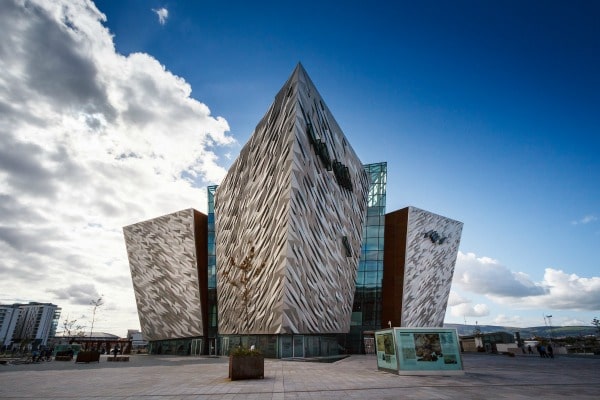
Photo by Nico Kaiser
Hamburg, Germany
In Hamburg you’ll find one of the most striking contrasts of old and new in two of the city’s best music venues. First opened in 1908, the Laeiszhalle concert hall is a fabulous neo-baroque structure designed by lifelong Hamburger, Martin Haller and Erwin Meerwein who also designed the Hamburg Town Hall. The Laeiszhalle served as Hamburg’s premier classical music venue and stands as a testament to the city’s musical heritage that spans from the Brahms to the Beatles and beyond.
In 2017, Laeiszhalle is being joined by the architecturally and acoustically acclaimed Elbphilharmonie concert hall located in a 400-acre urban development in HafenCity. A spectacular building designed by architects Herzog and de Meuron, Elbphilharmonie’s Grand Hall, the largest of its three concert halls, places the orchestra in the center surrounded by terraced seating for 2,100. Its exterior is a sweeping bold statement of glistening glass standing proudly on the spot of the historic docks beside the Elbe.
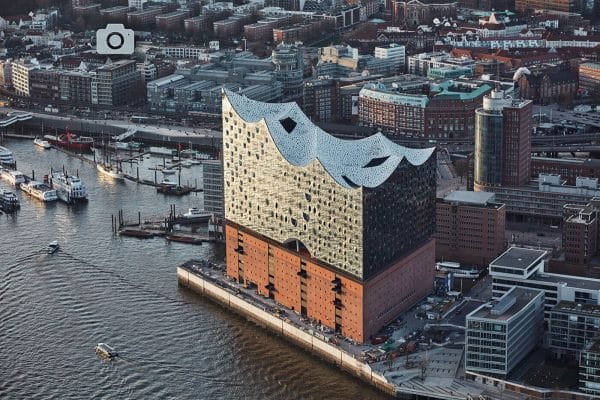
Photo by Maxim Schulz
Manchester, England
When it comes to architectural styles, Manchester has it all: modern, contemporary, Georgian, Roman and Gothic. A product of the Industrial Revolution, Manchester is known for its warehouses, cotton mills, viaducts and canals.
It’s also the birthplace of the first true railway station which was responsible for the city’s wealth during the Victorian era as it was used for importing goods during the Industrial Revolution. Evidence of the Victorian era influence is present throughout the city today.
One of the city’s most spectacular historic structures is the neo-gothic Town Hall. Completed in 1877, this impressive building faces Albert Square—Manchester’s central public square.
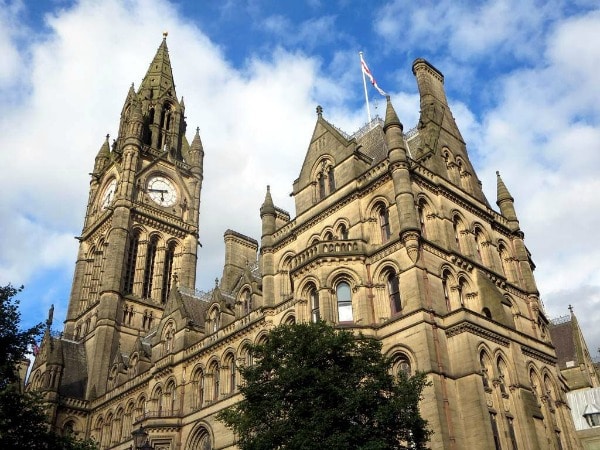
Photo by David Stanley
Modern buildings began to emerge in a big way after the 1996 IRA bombing of the city. The Beetham Tower—Manchester’s first true skyscraper and an iconic part of the city skyline—has won many architecture and design awards. It’s possibly the best example of the new wave of bold architecture in Manchester. And don’t miss the Lowry, Manchester’s ultra-modern waterside arts complex with two theaters and galleries showcasing works by LS Lowry.
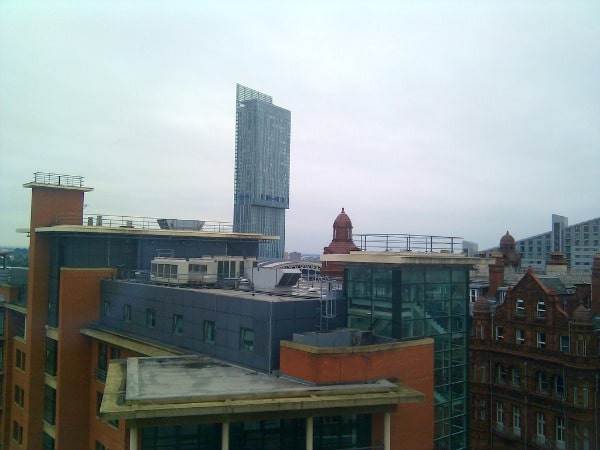
Photo by Jason Cartwright
Montreal, Quebec
Montreal was the first North American city to be appointed a UNESCO City of Design and when it comes to cities that blend the past and present through architecture, it’s hard to beat. Step back in time as you stroll the cobblestone streets of Old Montreal amid 18th and 19th century stone buildings.
One of the most dramatic examples of Gothic Revival architecture in the world, the Notre-Dame Basilica is the crowning jewel of Old Montreal. Its lavishly decorated interior features a deep blue ceiling adorned with gold stars. And the church’s stained glass windows depict the religious history of the city.
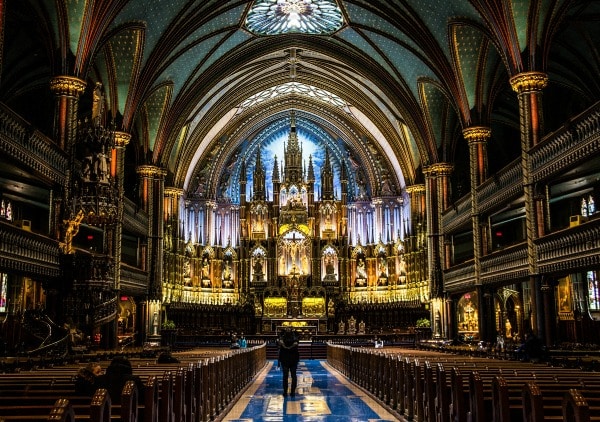
Photo by Rahul Nair
The Quarter international—where heritage buildings stand alongside modern skyscrapers—illustrates the city’s blend of past and present. Home to boutiques, restaurants and offices, the World Trade Center complex spans an entire city block encompassing several restored historic buildings under a spectacular glass roof creating a striking atrium.
Appropriately housed in a contemporary building merged with a grand 19th century house, is the Canadian Center for Architecture. An international research institution, the center’s goal is to increase public awareness of the role of architecture in contemporary society.
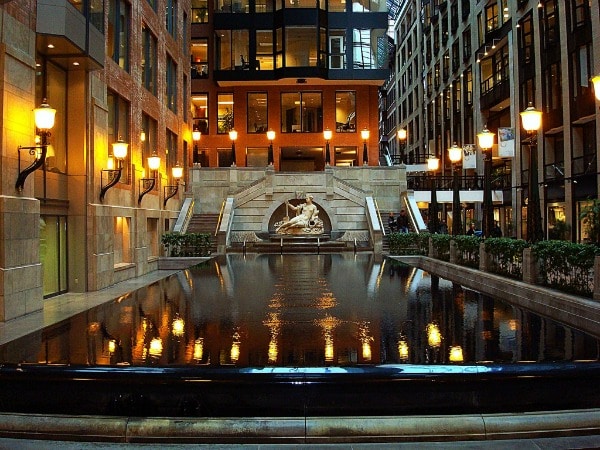
Photo by Shawn Carpenter
Oslo, Norway
Designed by the Norwegian architecture firm Snøhetta, Oslo’s Opera House appears to rise up from the waters of the harbor. A striking example of modern architecture, visitors are invited to climb its roof to take in the sweeping views of Oslo and the surrounding fjord. The interior is primarily oak and the main hall is shaped like a horseshoe. Large street level windows allow passersby a view of rehearsals and workshop activities.
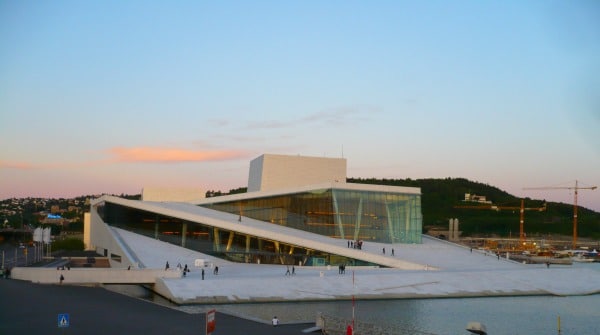
Photo by Charles Hutchins
In sharp contrast, Old Acker Church is Olso’s oldest remaining building and the only remaining church from the Middle Ages. A stone church built as a three-naved Roman-style basilica, the church has suffered through fires and pillaging numerous times. Its oldest section dates back to the 12th century.
A juxtaposition of classicism and modernist architecture, Oslo’s National Museum of Architecture explores both contemporary architecture and historical themes through drawings, photographs and models.
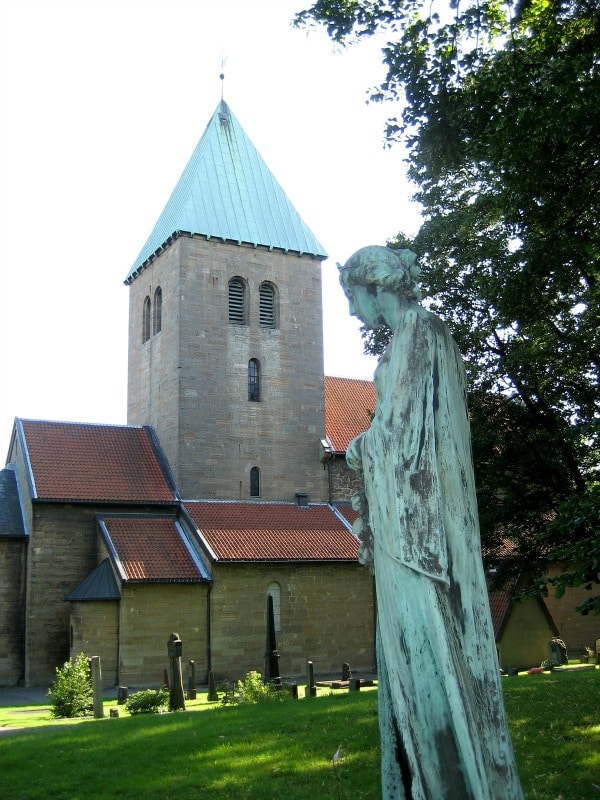
Photo by Visit Oslo
Consider an architectural tour on one of your next trips, it’s an ideal way to get to know a city’s history and might even provide a little glimpse into its future.

